Ekskursija su gidu Priekulėje „Antrojo pasaulinio karo pėdsakais „Kuršo kišenėje““
Mūšio vieta

Panaudoti šaltiniai ir literatūra:
http://www.dienvidkurzeme.travel/visainfo/item/vesturei-pa-pedam/dazadi/pa-2-pasaules-kara-pedam-priekule-un-tas-apkartne-19441945g/
Jūsų komentarai
Susijusi laiko juosta
Susijusios temos
Susijusi istorija
Devyniolikmetės Raisos Ahmedejevos pasakojimas apie žvalgybinį mūšį 1945 m. vasario 14 d. netoli Priekulės
Baškirijoje gimusio Raudonosios armijos kareivio Raiso Ahmadejevo (19 m.) pasakojimas apie sovietų armijos pasiruošimą puolimui prieš Priekulę ir žvalgybinį mūšį Piekulėje 1945 m. vasario 14 d.
19-mečio Alfonso Wolgemutho pasakojimas apie žvalgybos mūšį 1945 m. vasario 17 d. netoli Priekulės
Alfonsas Volgemuthas buvo 19 metų berniukas, radijo operatorius ir tarnavo nacistinės Vokietijos armijoje.
„Iš šios operacijos niekas negrįžo ir nežinoma, ar yra išgyvenusiųjų. Aš pats dalyvavau tame kare kaip 19 metų radijo operatorius ir esu vienas iš 2, vėliau 3 išgyvenusiųjų, kuriuos rusai paėmė į nelaisvę. Noriu prisiminti įvykius iš savo patirties.“
"Kasti geriau nei laidoti!"
Armijų grupės „Kurlandas“ įsakymas yra: „Statykite ir statykite!“ Tai užduotis kiekvienam užnugario fronto kareiviui. Tai geriausiai apibūdina žodis: „Geriau kasti, negu laidoti!“
„Karas nesibaigia, kol nepalaidotas paskutinis kareivis“ (Saldus vokiečių kareivių kapinės)
Kuržemė kaip atskiras ir savitas mūšio laukas iškilo 1944 m. spalio 10 d. Buvo suskaičiuota, kad apsuptyje buvo apie 500 000 vokiečių karių. Remiantis 1-ojo Baltijos fronto štabo pranešimais, norint visiškai išlaisvinti visą Baltijos pakrantę, reikėjo tik „nedidelių pastangų“. Tačiau kovos Kurše tęsėsi dar septynis mėnesius, ir Kurše tapo Antrojo pasaulinio karo pabaigos simboliu.
Per septynis kovos mėnesius iki 1945 m. gegužės mėn. vokiečių pajėgos Kurše neteko 154 108 žuvusių, sužeistų ir dingusių be žinios kareivių. Nuo 1997 m. netoli Saldus atliktas karo kapinių tyrimas ir perlaidojami kareiviai, o šiuo metu čia galima rasti 27 000 žuvusių kareivių vardų.
„Karas nesibaigia, kol nepalaidotas paskutinis kareivis“ (Saldus vokiečių kareivių kapinės)
Kuržemė kaip atskiras ir savitas mūšio laukas iškilo 1944 m. spalio 10 d. Buvo suskaičiuota, kad apsuptyje buvo apie 500 000 vokiečių karių. Remiantis 1-ojo Baltijos fronto štabo pranešimais, norint visiškai išlaisvinti visą Baltijos pakrantę, reikėjo tik „nedidelių pastangų“. Tačiau kovos Kurše tęsėsi dar septynis mėnesius, ir Kurše tapo Antrojo pasaulinio karo pabaigos simboliu.
Per septynis kovos mėnesius iki 1945 m. gegužės mėn. vokiečių pajėgos Kurše neteko 154 108 žuvusių, sužeistų ir dingusių be žinios kareivių. Nuo 1997 m. netoli Saldus atliktas karo kapinių tyrimas ir perlaidojami kareiviai, o šiuo metu čia galima rasti 27 000 žuvusių kareivių vardų.
„Karas nesibaigia, kol nepalaidotas paskutinis kareivis“ (Priekulės brolių kapinės)
Kuržemė kaip atskiras ir izoliuotas mūšio laukas tapo 1944 m. spalio 10 d. Apie 500 000 vokiečių kareivių buvo laikomi apsuptais. Remiantis 1-ojo Baltijos fronto štabo pranešimais, norint visiškai išlaisvinti visą Baltijos pakrantę, reikėjo tik „nedidelių pastangų“. Tačiau kovos Kuržemėje tęsėsi dar septynis mėnesius ir Kuržemė tapo Antrojo pasaulinio karo pabaigos simboliu.
Per septynis kovų mėnesius iki 1945 m. gegužės mėn. Vokietijos ginkluotosios pajėgos Kurše neteko 154 108 žuvusių, sužeistų ir dingusių be žinios kareivių, o Raudonosios armijos nuostoliai siekė apie 400 000 žuvusių, sužeistų arba dingusių be žinios kareivių.
Jūlijaus Bērzinio liudijimas apie Raudonosios armijos 201-ąją (43-iąją gvardijos) Latvijos šaulių diviziją 1942–1945 m.
2011 m. rudenį aptikau Rusijoje gyvenančio latvio, buvusio Raudonosios armijos 201-osios (43-iosios gvardijos) Latvijos šaulių divizijos (toliau – 201-oji Latvijos šaulių divizija; divizija) kareivio Jūlijaus Bērzinio (1900–po 1963 m.) memuarus – 189 puslapių apimties istoriją, ranka rusų kalba parašytą dviejuose linijuotuose sąsiuviniuose Latvijos kareivio apie savo patirtį Vokietijos ir SSRS kare (1941–1945). Šie memuarai taip pat nebuvo užsakomieji darbai.




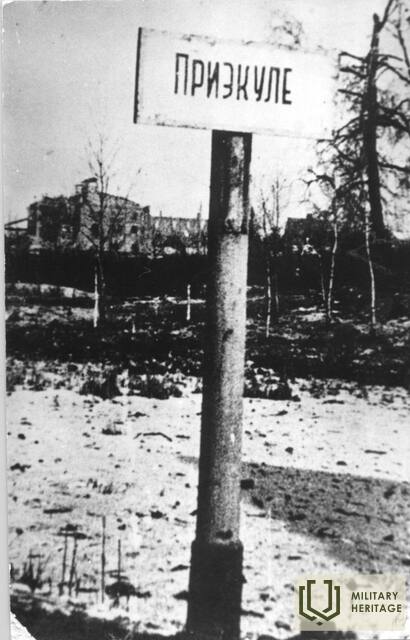
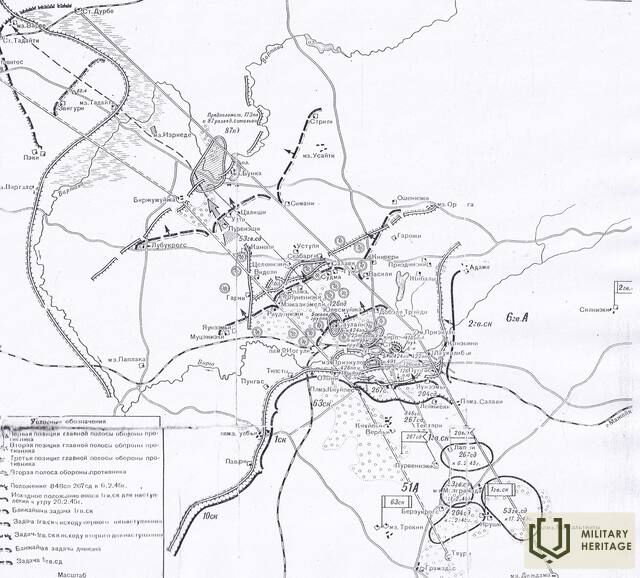
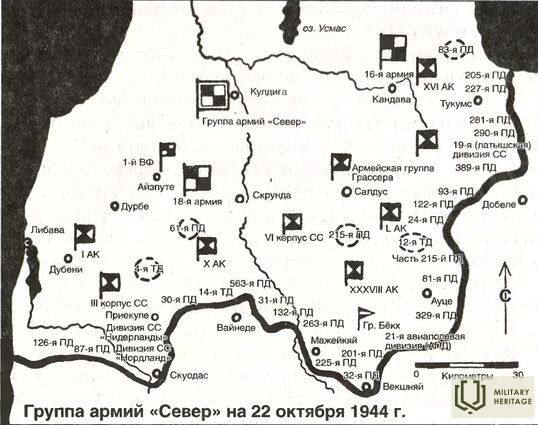
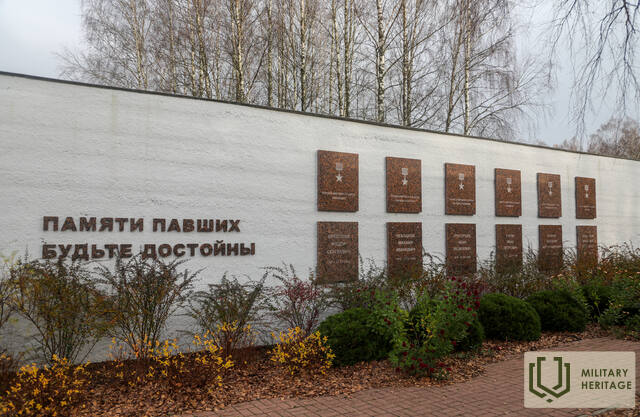
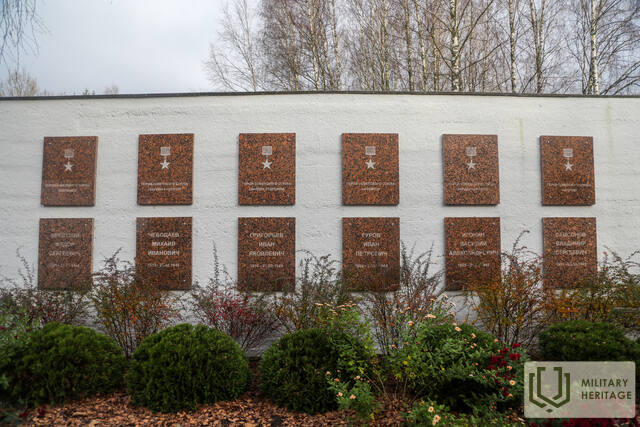
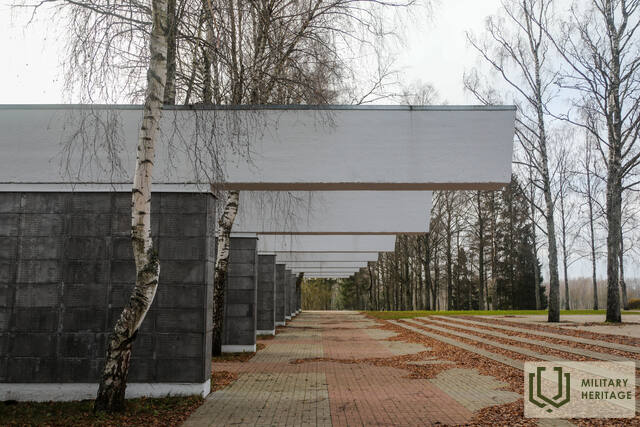
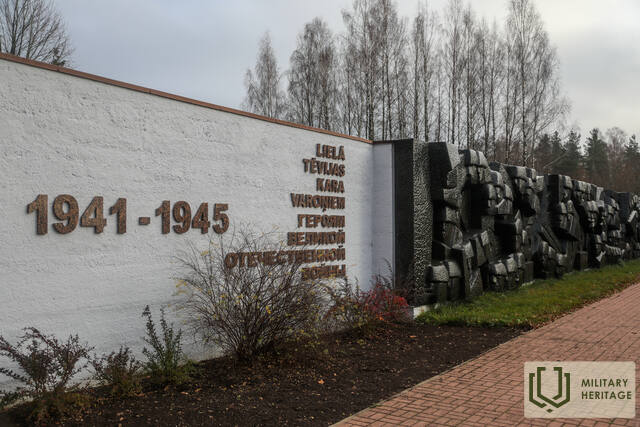
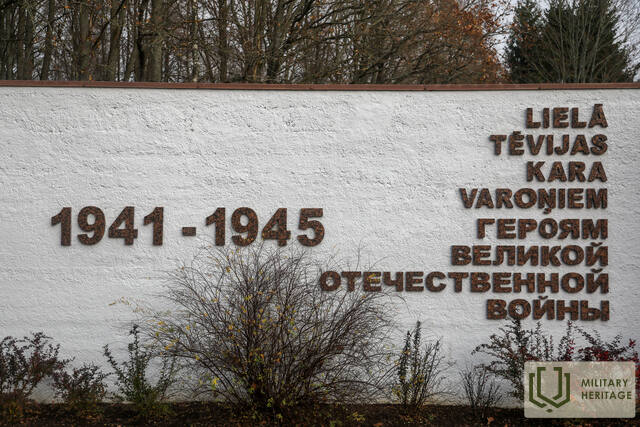
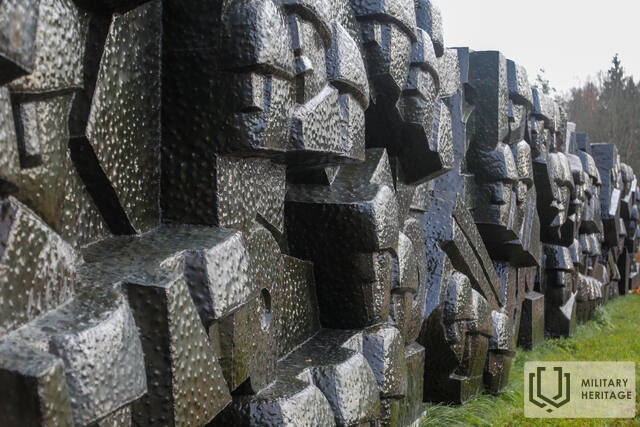
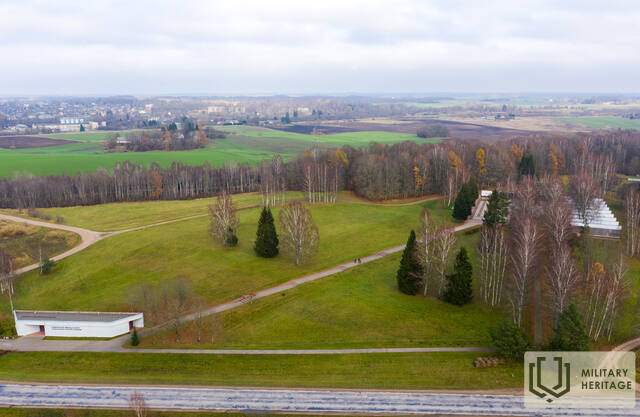
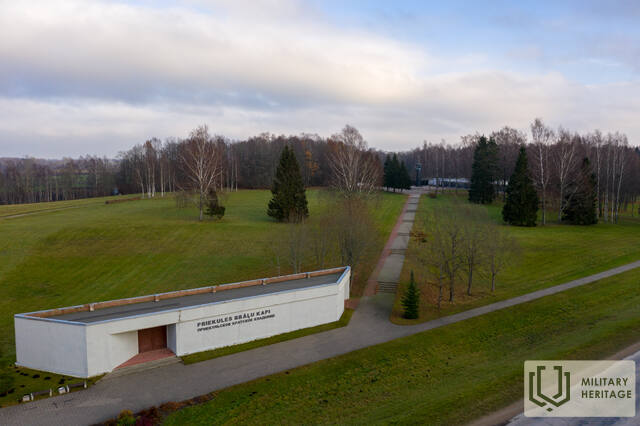
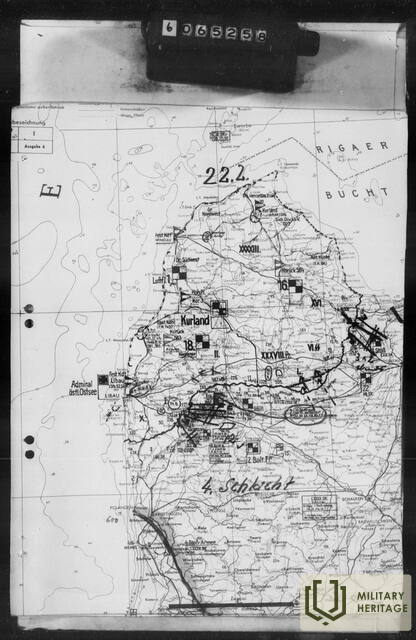
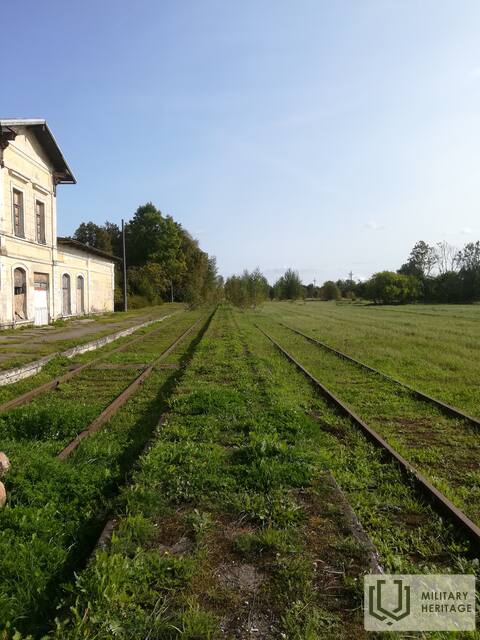

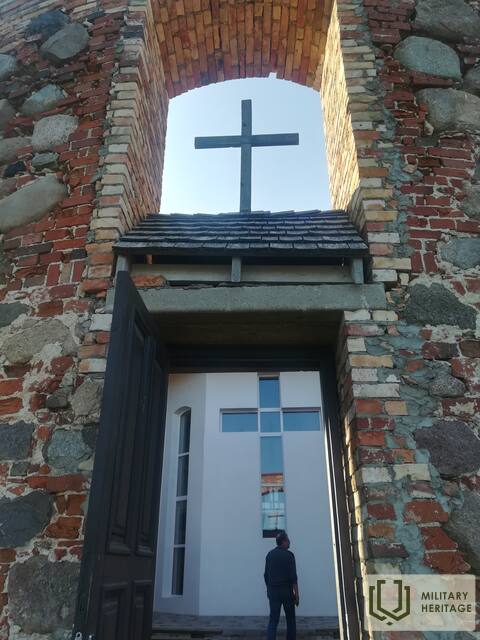
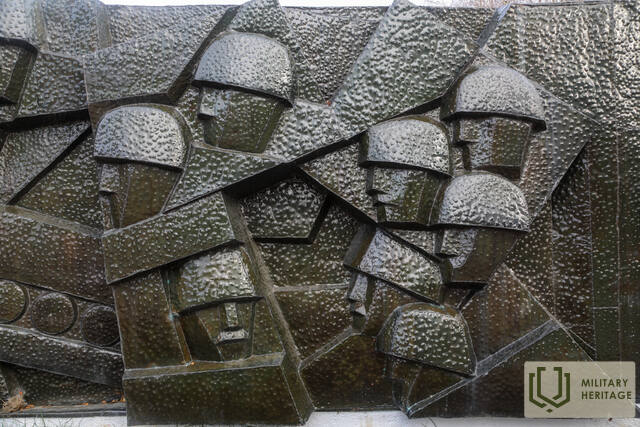
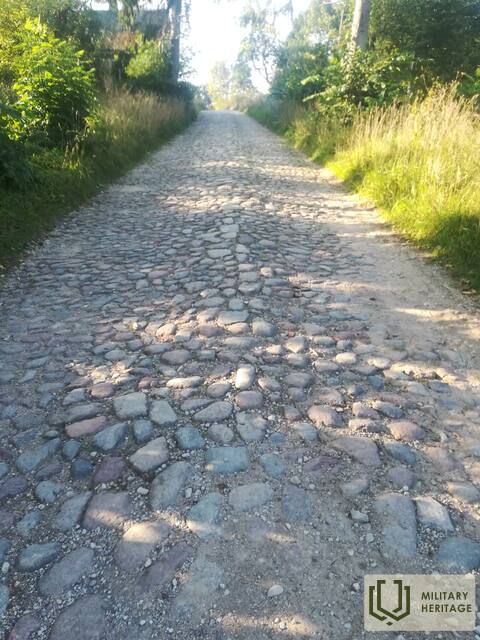
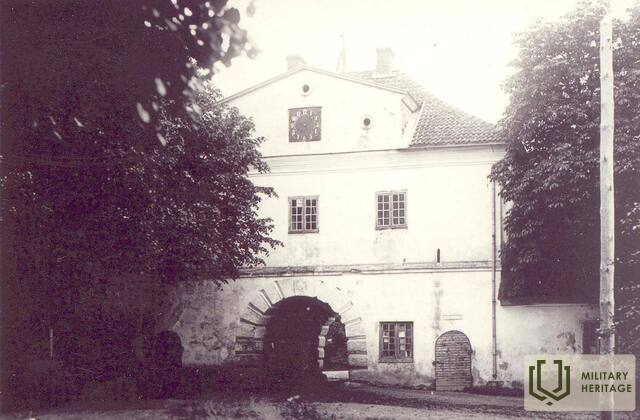















Sveiki atvykę! Prašome nevartoti termino „išvadavimo mūšiai“, kai kalbama apie sovietų kariuomenės įžengimą į Vokietijos okupuotas teritorijas Latvijoje Antrojo pasaulinio karo pabaigoje.